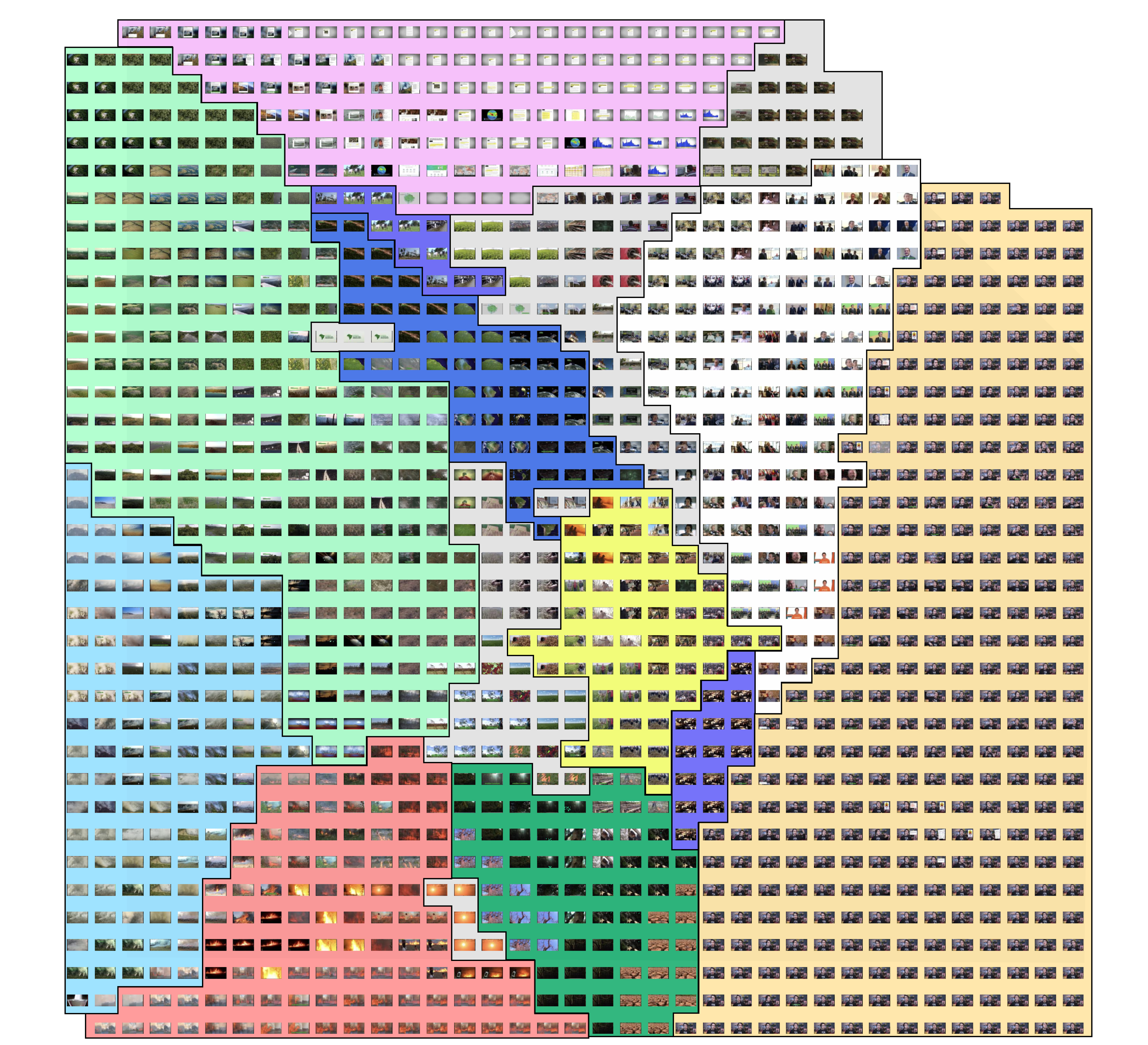VISUALIZATION


E2 ⟩ http://www.youtube.com/watch?v=
F2 ⟶ videoId
LINK TO PYTHON3 DOCUMENTATION
LINK TO PYTUBE3 DOCUMENTATION
LINK TO REPOSITORY AND STEP-BY-STEP GUIDE
Rename the videos inside the folder like this:
vid1vid2vid3vid4LINK TO PYSCENEDETECT DOCUMENTATION
LINK TO REPOSITORY AND STEP-BY-STEP GUIDE
Rename the frames inside the folder like this:
frame1frame2frame3frame4frame5LINK TO INSTALL ANACONDA
LINK TO PIXPLOT DOCUMENTATION
LINK TO REPOSITORY AND STEP-BY-STEP GUIDE
LINK TO DOWNLOAD FIGMA
METODOLOGY
In this type of analysis, we move from an overview of the frames in the whole collection to a view of the frames for each video. The aim is to be able to compare the contents of two collections of videos based on the thematic clusters found in each video. Frame extraction for this purpose is based on scene change detection, so that the images to be analysed are only taken once and there are no duplicates due to scene length. All frames of a video are analysed with Pixplot and arranged in a UMAP grid based on their visual similarity. The different thematic clusters in each grid are highlighted with colour areas using Figma.
The final visualisation consists of a series of matrices representing the videos, where the thematic components that are discussed in the video are represented with different colours.. This type of visualization allows a summary comparison of the thematic contents among the videos of two different collections.